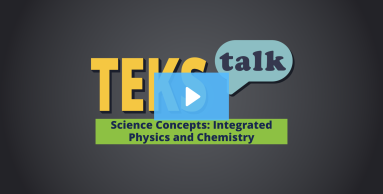
Knowledge and Skills Statement
The further explanation is designed to be a resource for educators that helps them better understand the topic their students are learning. Further explanations may be written at a more complex level than would be expected for students at the grade level.
A typical structure for a discussion is Claim-Evidence-Reasoning (CER).
A claim is an answer to a scientific question stated as a fact. Students gather evidence to support their claims. The evidence should justify the accuracy of the claim and include data points, scientific observations, or a summary of data. Multiple sources should support the evidence. The reasoning connects the claim and the evidence logically. It should also explain why the claim is reasonable based on scientific principles.
Research
Darwish, Sager M. "Investigation of Coulomb’s Law and the Nature of the Electric Charge." Journal of Physics Communications 7, no. 4 (2023): 045001. https://doi.org/10.1088/2399-6528/accdb4
Summary: This theoretical work investigates spin-spin energy in the hydrogen atom and its relation to Coulomb’s force law. A new formula is suggested for the force between two spinning particles. The results agree with Coulomb’s law evaluations; the spin-spin energy is related to the electric potential energy and the electric charge is connected to the rotational energy of the mass.
Research
Bakri, F., Serevina, V., Hartina, M. M., & Aslamia, D. (2022). Development of online learning tools based on computer assisted instruction material for Newton’s law of gravity. Journal of Physics: Conference Series, 2309(1), 012101. doi:https://doi.org/10.1088/1742-6596/2309/1/012101
Summary: This Computer Assisted Instruction-based online learning tool has been tested on a limited basis for tenth grade students of public high school. It can be concluded that Computer Assisted Instruction-based online learning tools on Newton's Law of Gravity are very good and feasible to develop.
